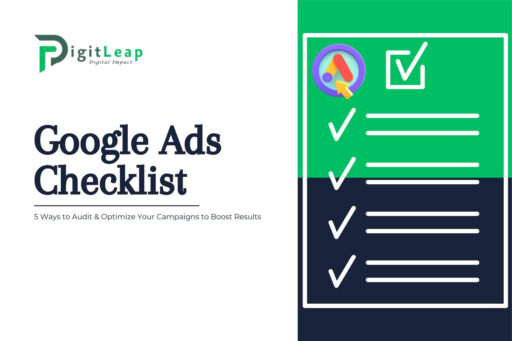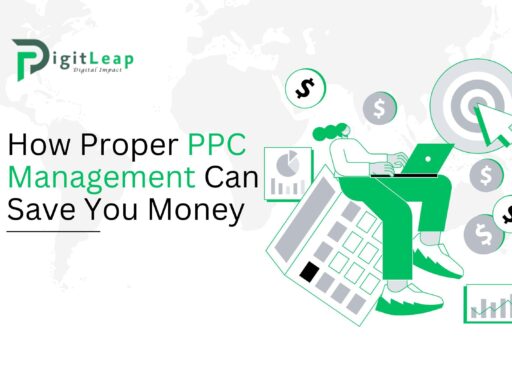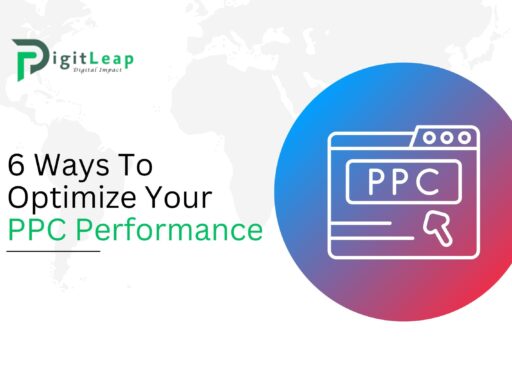Google Ads Checklist: 5 Ways to Audit & Optimize Your Campaigns to Boost Results
Running Google Ads is a fantastic way to reach potential customers, but to truly get the best return on your investment, you need to regularly audit and optimize your campaigns. Without frequent optimization, you might be spending more money than necessary or missing out on potential leads. In this article, we’ll explore five key ways to audit and optimize your Google Ads campaigns for better results.
1. Review Your Keywords Regularly
Keywords are the foundation of any Google Ads campaign, and regularly reviewing them is essential. Start by checking which keywords are driving traffic and which aren’t performing as well. Use Google Ads’ “Search Terms Report” to see exactly what terms people are using to find your ads. If you notice that certain keywords aren’t generating clicks or conversions, consider pausing or removing them.
Additionally, use negative keywords to filter out irrelevant traffic. For example, if you sell high-end luxury items, you may want to add terms like “cheap” or “free” to your negative keyword list to avoid wasting your budget on users looking for bargain deals.
2. Optimize Your Ad Copy for Relevance
Your ad copy is what convinces users to click on your ad, so it’s crucial that it resonates with them. Make sure your ad copy is clear, concise, and includes a strong call to action (CTA). It should match the intent behind the keywords you’re targeting.
A good way to optimize your ad copy is to run A/B tests, where you compare two different versions of the same ad to see which performs better. Test different headlines, descriptions, and CTAs to find the combination that gets the highest click-through rate (CTR) and conversions. Also, make sure your ad copy aligns with the landing page to provide a seamless experience for the user.
3. Analyze and Adjust Your Bid Strategy
Your bidding strategy can greatly impact the performance of your campaigns. Start by reviewing how your current bid strategy is performing. If you’re using automated bidding, make sure the strategy matches your campaign goals, whether that’s maximizing clicks, targeting specific cost-per-conversion, or driving impressions.
Consider switching to a manual bidding strategy if you want more control over your ad spend. With manual bidding, you can adjust bids for specific keywords or demographics that perform well, while lowering bids on underperforming segments. Reviewing and tweaking your bids ensures that you’re getting the most out of your budget.
4. Focus on Quality Score Improvement
Google assigns a Quality Score to your ads based on their relevance, expected CTR, and landing page experience. The higher your Quality Score, the lower your cost per click (CPC) will be, and the higher your ad will rank.
To improve your Quality Score, start by optimizing your landing pages. They should load quickly, be mobile-friendly, and provide a great user experience. Additionally, ensure that your keywords, ad copy, and landing page content all align closely. The more relevant and cohesive your campaign is, the better your Quality Score will be.
5. Leverage Ad Extensions (Assets)
Ad extensions, now known as assets, allow you to provide extra information in your ads, making them more compelling. They don’t cost anything extra, but they can dramatically increase the visibility and performance of your ads.
Consider using sitelink extensions to highlight specific pages on your site, callout extensions to emphasize unique selling points, and location extensions if you have a physical store. The more relevant information you can provide, the more likely users are to click on your ads. Always keep an eye on the performance of your ad extensions and update them as needed to ensure they stay relevant.
Conclusion
By regularly auditing and optimizing your Google Ads campaigns, you can ensure that your budget is being used effectively and that you’re reaching the right audience. Whether it’s reviewing keywords, optimizing ad copy, adjusting your bid strategy, improving your Quality Score, or leveraging ad extensions, each of these steps plays a vital role in boosting your campaign’s performance. At DigitLeap, we understand the importance of continuous optimization to drive the best results. By following these steps, you can ensure that your Google Ads campaigns are not just running but thriving.






